Article
Top 10 Tips for European Train Travel
Author(s):
Train travel in Europe can open up whole parts of a country visitors might not see by driving. Here are the top 10 tips to make sure your travel goes smoothly.
Photography by the authors
A lot has been written about train travel in Europe. Those living there say they drive for short distances, take the train for longer trips and fly if a journey would take most of a day. Then they admit they don’t have a car and essentially take the train all the time.
We’ve traveled by train all over Europe: in France in the west and Romania in the east, and in Sweden and Italy in the north and south —
almost always using Rail Europe passes so, by default, we’ve learned what works. And we’ve found trains and carriages can differ widely.
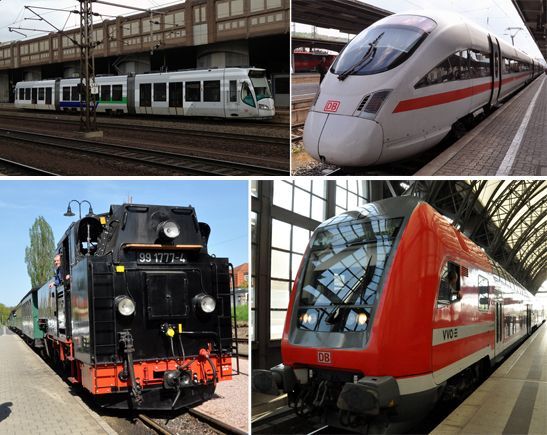
In the U.S., most Americans drive. Unless we are commuters in the Northeast, we are not used to train travel —
or comfortable with it. This makes train travel in Europe more difficult than it need be; we have no infrastructure or experience to adapt to European rail.
But you are missing something if you don’t make trains part of your European vacation. Things like watching the heart of a country unfold and views as uncomplicated as babbling brooks or as melodramatic as castles and churches.
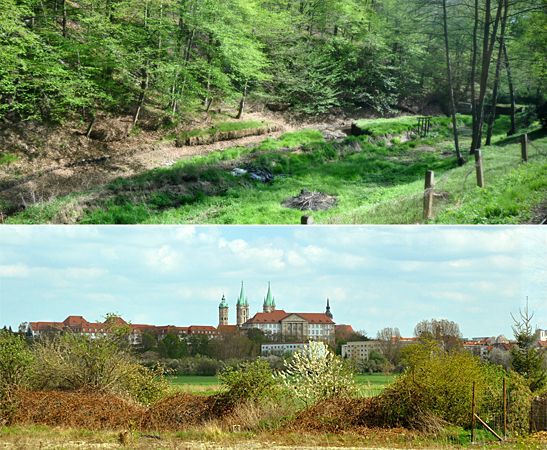
You look out your carriage window and maybe see nothing more interesting than cars being shipped from the Volkswagen factory or a farmer’s field ready for planting. Then comes a vision of a patchwork quilt sprouting mustard —
or a village beside a river.
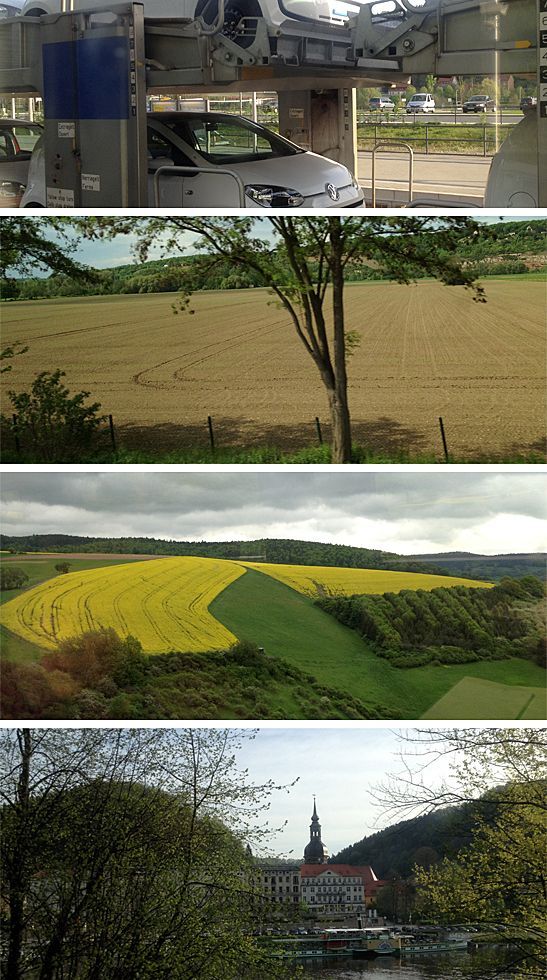
As your train sails past Saxony-Switzerland (so called because this part of Germany around Dresden attracted many Swiss rock-climbers) you see they still do their thing here. There are vineyards and, again, churches and more villages. You are starting to get a feel for a country that would have been undiscovered by driving a car.

But, first, there are lessons to be learned. So here’s our top ten train hints: Things your mother never told you.
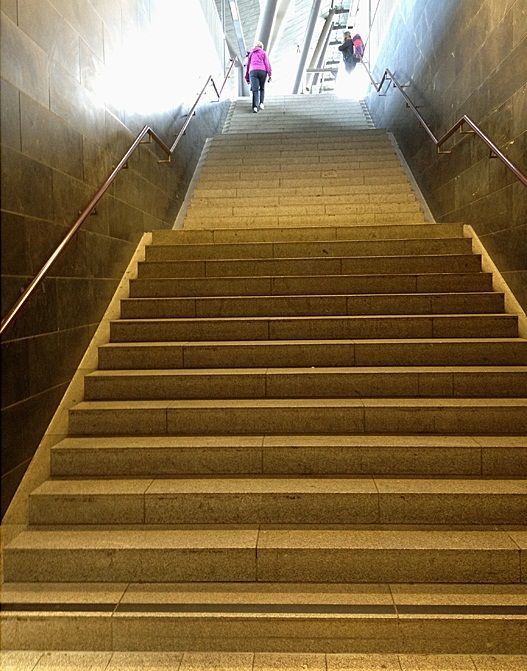
1. Travel light
More important than wearing clean underwear in case you are hit by a bus, is to travel light. If there are three important things to say about train travel in Europe they would be travel light, travel light, travel light.
Railway stations vary widely from ones with elevators (lifts), to ones with escalators to ones with steps to rival the ones in Philadelphia that Rocky Balboa raced up in triumph in his first movie.
they
Even in the best stations the lifts are hard to find. They are usually at each end of the platform if the station has them, but asking fellow travelers where the elevators might be isn’t helpful because locals never use them. Why not? Because travel light. Notice even when they are dragging their bikes up the escalator, the locals, otherwise, are traveling light.
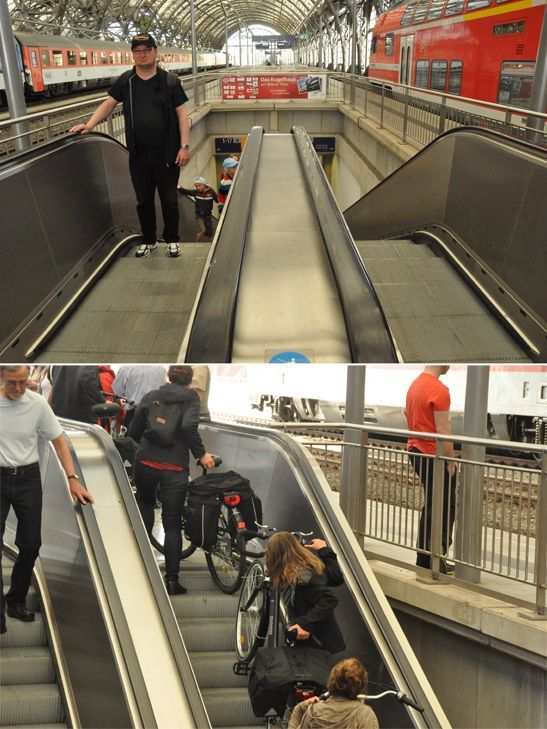
2. Wear and tear
European railway stations are usually in the old part of town, which can be a benefit because the town’s long-established attractions tend to be close and the (perhaps older) hotels may be less expensive. But you and your luggage will be walking on the mother of all cobble stones. If to travel light you buy today’s latest light material luggage with spinner wheels —
and you should —
you may need to protect your luggage by helping it a bit over the rough surfaces of downtown Europe.

3. Test run
Train interiors vary but you may still find stairs inside some trains. Getting a preview of your next day might be helpful. We don’t want to make train travel seem like too much of an adventure but, nevertheless, checking out the departure train station the night before might simplify life.
If your hotel is close to the station, go there without luggage and find if it has elevators, and where your platform is. If you go to the information office you can ask the person behind the desk to give you a print out that shows the platforms and any connection details. In what was Eastern Germany under communist rule children learned Russian in school not English, which explains some language problems for American visitors, but sign language can go a long way.
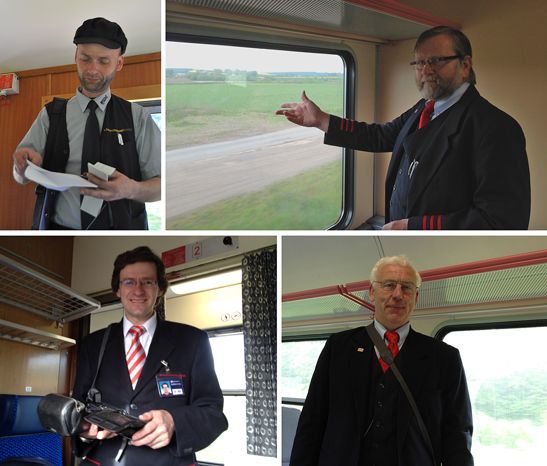
4. Station
Until you are familiar with European train travel go earlier to the train station than seems necessary. Know your train identity number, the direction of travel by the final destination even if you are not going to the end of the line and whether you will need to change trains for your destination.
5. Platform
As you come into the lobby of the station look up at the train information. You may not know which platform your train leaves from until this very moment. Head for that platform and confront the stairs. This is why you are traveling light.
they were traveling light!
If you have made our mistake of combining a rail trip with a cruise you may have heavier luggage than is sensible. We have often gone up an escalator one at a time with the heaviest suitcase, dumped it at the top in the sight of the one down below, then hurried down to pick up another case. We have found other travelers on occasion helpful and they have brought up our last suitcase for us. They were able to do that because
6. Safe rather than sorry
On the platform check your watch against the platform clock, verify that the train, listed as coming in soon, bears your number and is going to the final destination that tells you this is your train.
7. Confirm everything
Confirm your arrangements from those charts on the wall that identify all that’s going on this day in this station. Look at the information panel beside the platform clock that tells you when your train will arrive; sometimes it will show where on the platform the coach with your identification can be boarded.
We think it’s worthwhile to ask any person standing in the same area if you are OK for your destination. It’s enough to point to where you are standing on the platform and simply mention the name of your destination and it’s reassuring when they nod.
8. Move quickly
Be aware your time to get on and off your train may be limited to two minutes. You have to move! But surely that will not be a problem because you are traveling light. Right?
What about reservations and whether Second Class is adequate? It varies from country to country. Reservations are an extra expensive on top of the Rail Pass when you make them with Rail Europe. We have paid $24 per person per day of First Class travel and have found that Second Class would have been perfectly adequate, say, in Germany. But in countries less on the ball we have been glad to have had First Class tickets.
If you are traveling up from the South of France to Paris, for example, you should make a reservation and you should never take a long train trip that ends at the airport of departure on that same day especially in France because of the historical tendency of French workers to go on strike at the drop of a hat.
the
Eurail is the major source of tickets and Rail Europe is United States provider. You can buy from other sources but Rail Europe understands the American market and its prices are competitive —
before
but you have to buy you leave the Unites States for your trip. Become familiar with its web site, which is a fund of information on both train travel in general and the specifics of what you are looking for in your own travel.
Any last points to make? Oh yes, travel light!
Let us use the last image (below) to recap what we’ve been trying to say. The images are too small for the print to be read but they give the general idea.

In the lobby
wall chart
1) look for the main display. 2) Shows part of a lobby . Know the time of your train and its number. It’s then easy to find on the chart. Confirm your platform number. 3) Once on that platform check the approaching train is yours. 4) See if there is any more platform information on your carriage. 5) If you find your coach has a designated letter like, say, C, stand at that point on the platform. 6) If you are using a Rail Europe pass, that is your ticket and be sure to have the date of travel and your passport ID on it. If you have bought a point to point ticket for DB German rail travel have it validated for the journey by the green box you see here. 7) Check your watch against the station one (all station clocks run connected at the same time). 8) Don’t be confused by the appearance of your carriage. Trains move forwards or backwards and sometimes a spare front car is used as a carriage. 9) Shows the next train is yours arriving in one minute. 10) Beside each seat inside is a folder with all the stops your train will make. 11) Ha! This passenger was racing to catch a train but having problems because he was not traveling light!
The Man Who Cried Orange: Stories from a Doctor's Life.
9. Reservations10. Buying ticketsThe Andersons, who live in San Diego, are the resident travel & cruise columnists for Physician's Money Digest. Nancy is a former nursing educator, Eric a retired MD. The one-time president of the NH Academy of Family Practice, Eric is the only physician in the Society of American Travel Writers. He has also written five books, the last called




